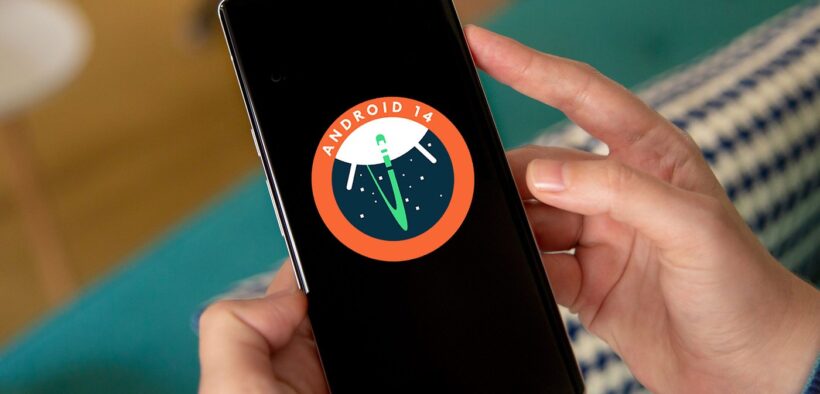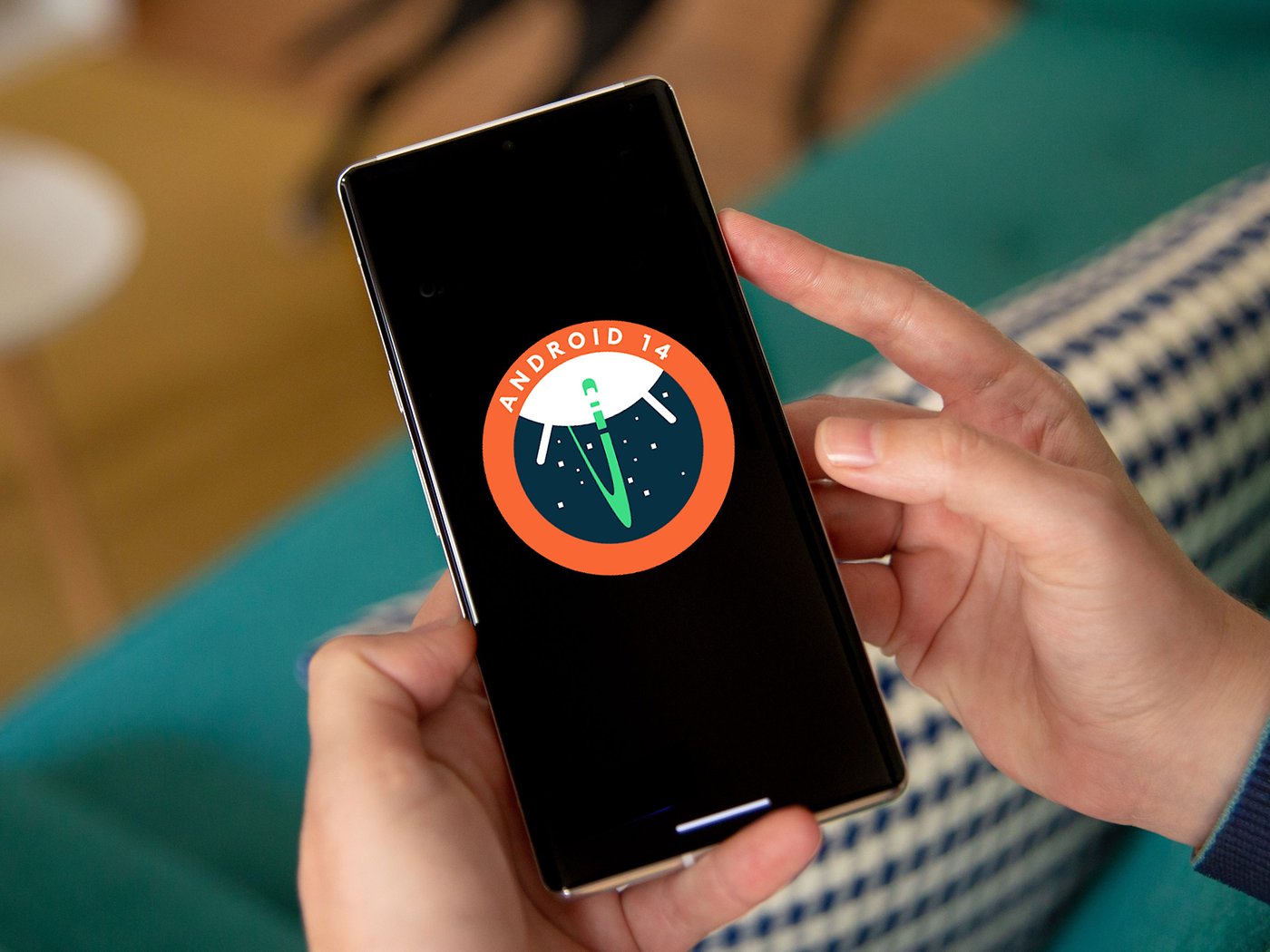How Open Is the Open-Source Android Truly?
Share

There are four major operating systems in contemporary smartphones: the Android OS, the iOS of Apple, the Blackberry of RIM, and the most up-to-date, the Windows Phone 7. One of the important benefits of the OS, also supported by Google, is that it’s far open-source. Many suppose that the OS being “open” is meant literally, without questioning what’s at the back of the term. Unfortunately, even though the source code is open to everybody, this doesn’t imply that we will freely modify any detail of any feature on any device.
The Android OS is oddly dual in this regard: on the one hand, it’s open for software builders, but on the other hand, it is sincerely closed for hardware manufacturers. This makes Android uniquely skewed.
Re-deciphering one of the well-known sayings of Henry Ford, we would say: “Any customer may have Android in any color he wishes as long as it’s miles black.”

Even though the Android OS itself is open-source, codes of many elemental parts of it are closed, together with the:
• Google Talk
• E-mail customer
• Maps utility
• YouTube patron
• Calendar Software
• Framework responsible for the synchronization
Remember the first pill models that had been shipped without the Market app? This came because Google decided who could then get the right of entry to the closed applications, and so far, it’s miles handiest, the Samsung Galaxy Tab, which has been granted such right of entry. While outsider developers cannot contribute directly to the Android task, the code is handiest made public with the very last release of an Android version. This makes the existence of the outsider builders (which include ourselves) harder, as they (we) do not have the opportunity to prepare the applications for the more recent versions.
Note that Google almost exclusively affects the path of Android’s development. For the everyday consumer, it’s almost beside the point if the product is open source or not, but permits take a glance at what this indicates of us.
The openness manifests itself mostly in the regulation of the Android Market. Due to the shortage of strict manipulation, builders can efficiently exploit the offerings built into the OS or even alter those (i.e., Swype). This would not be possible in the Apple App Store, as in this case, the big bro’ is continually watching, and as long as they locate something within the app they don’t like, there’s no manner you’ll be releasing your app. The unfastened control of the Android apps might be dangerous; however, the hazard is minimal as the community filters the apps (by rating them). Builders can also directly distribute their apps without registering them in the market.
The Android OS also allowed Mobile Operators to customize the OS of the gadgets they promote and submit unique packages. Verizon inside the US used this opportunity by signing exceptional contracts with Skype and Microsoft (amongst others), not letting different operators use these offerings. Hardware operators, such as HTC’s UI, Sense, or Samsung’s TouchWiz, can also modify the OS. Unfortunately, Google would love to prevent those tasks in the subsequent variations, as those would possibly result in the platform’s fragmentation. Another subject is that HTC users may have trouble using a TouchWiz device and that the brand-new OS variations preserve lower-back updates for these changed versions.







